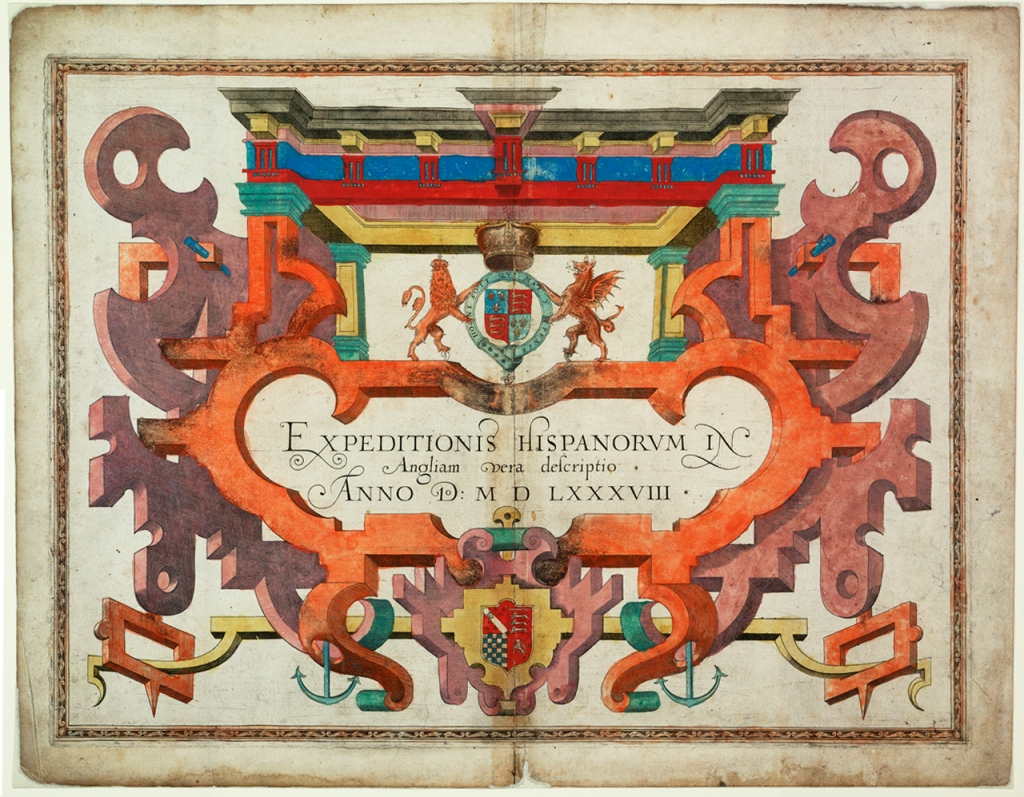Some time ago, I authored a piece about [the engraver and instrument creator Augustine Ryther (fl. 1576–1593)](https://thonyc.wordpress.com/2025/02/26/an-engraver-and-instrument-maker-who-founded-a-dynasty/), who initiated a lineage of instrument artisans within the Worshipful Company of Grocers. More recently, I discussed [the navigator and maritime atlas writer Sir Robert Dudley (1574–1649)](https://thonyc.wordpress.com/2025/07/23/the-english-aristocratic-bastard-who-advised-the-florentines-on-matters-nautical-and-published-the-first-maritime-atlas-by-an-english-author/), who, after dedicating many years to the Republic of Florence as a nautical consultant, left behind a collection of scientific instruments, currently located in the Museo Galileo in Florence. In the latest entry, I focused on one of the British instrument makers who provided Dudley’s tools, [the Welshman James Kynvyn (c. 1550–1621)](https://thonyc.wordpress.com/2025/08/20/the-welsh-instrument-maker-who-didnt-fit-the-contemporary-mould/). Today, I will examine the English engraver and instrument craftsman, Charles Whitwell (c. 1568–1611), who also contributed several instruments to Dudley’s collection and was the most noteworthy apprentice of Augustine Ryther.
Regrettably, as is frequently the case with ostensibly minor individuals from the realm of practical mathematics during the Early Modern Period, we possess very little information regarding Whitwell’s origins or background. Even his birth year is an estimate predicated on the belief that he was fourteen years old when he was appointed as an apprentice to Augustine Ryther, as noted in the Grocers’ Company records dated 17 December 1582. He became a free member of the Grocers’ Company on 10 November 1590.
In the Grocers’ Company Minutes for 11 August 1606, it was recorded as:
> Agreyd that Charles Whitwell grocer shall have the 50l [£50] for ii years wch his brother Robert Whitwell deceased latelie had. And William Whitwell and George Budd salters are allowed his sureties.
This succinct extract indicates that Charles had at least two brothers engaged in work within the City and that they received support from the Grocers’ Company. The Court of Probate awarded his widow, Elizabeth, the administration of his estate in February 1611/12 (os/ns), implying that Whitwell must have passed away in the latter months of 1611.
That is the complete extent of the information[1] we have concerning the life of Charles Whitwell, a man described by Gerard L’E Turner as ‘probably the most skilled and versatile instrument maker of the Elizabethan period’.
Augustine Ryther was primarily recognized as a map engraver, exemplified by the series of ten charts depicting the route of the Armada around Britain, seemingly drafted by Robert Adams (1540–1595), the surveyor for the queen’s constructions, which were published in the English rendition of *Expeditionis Hispaniorum in Angliam vera Descriptio*, a narrative of the Spanish Armada compiled from accounts by Lord Howard of Effingham (1536–1624), Lord High Admiral, and by the mercenary, calligrapher, and vellum illuminator Petruccio Ubbaldini (c. 1524–c. 1600).
Adams Expeditionis, title page
Indeed, there are merely two extant scientific devices attributed to Ryther. Initially, Whitwell continued in his master’s tradition as a map engraver.
Ryther was among the engravers responsible for the maps in the first English atlas [*The Counties* *of England and Wales* by Christopher Saxton (c.1540–c. 1610)](https://thonyc.wordpress.com/2018/09/12/saxton-and-speed-two-early-elizabethan-cartographers-and-the-flemish-influence/). Not everyone was satisfied with Saxton’s work, and the first to attempt to enhance his maps was John Norden (c. 1547–1625).
He initiated a collection of county histories, each accompanied by a map, called *Speculum Britanniae*. He published only two volumes of his planned series; *Speculum Britanniae: the First Parte: an Historicall, & Chorographicall Discription of Middlesex* was published in
